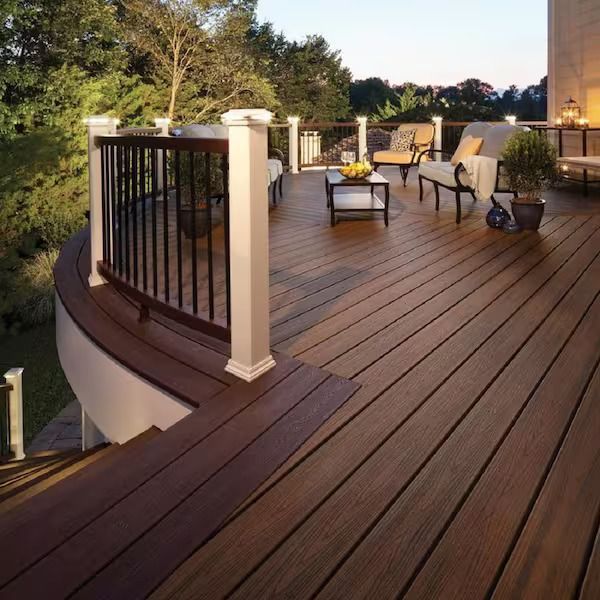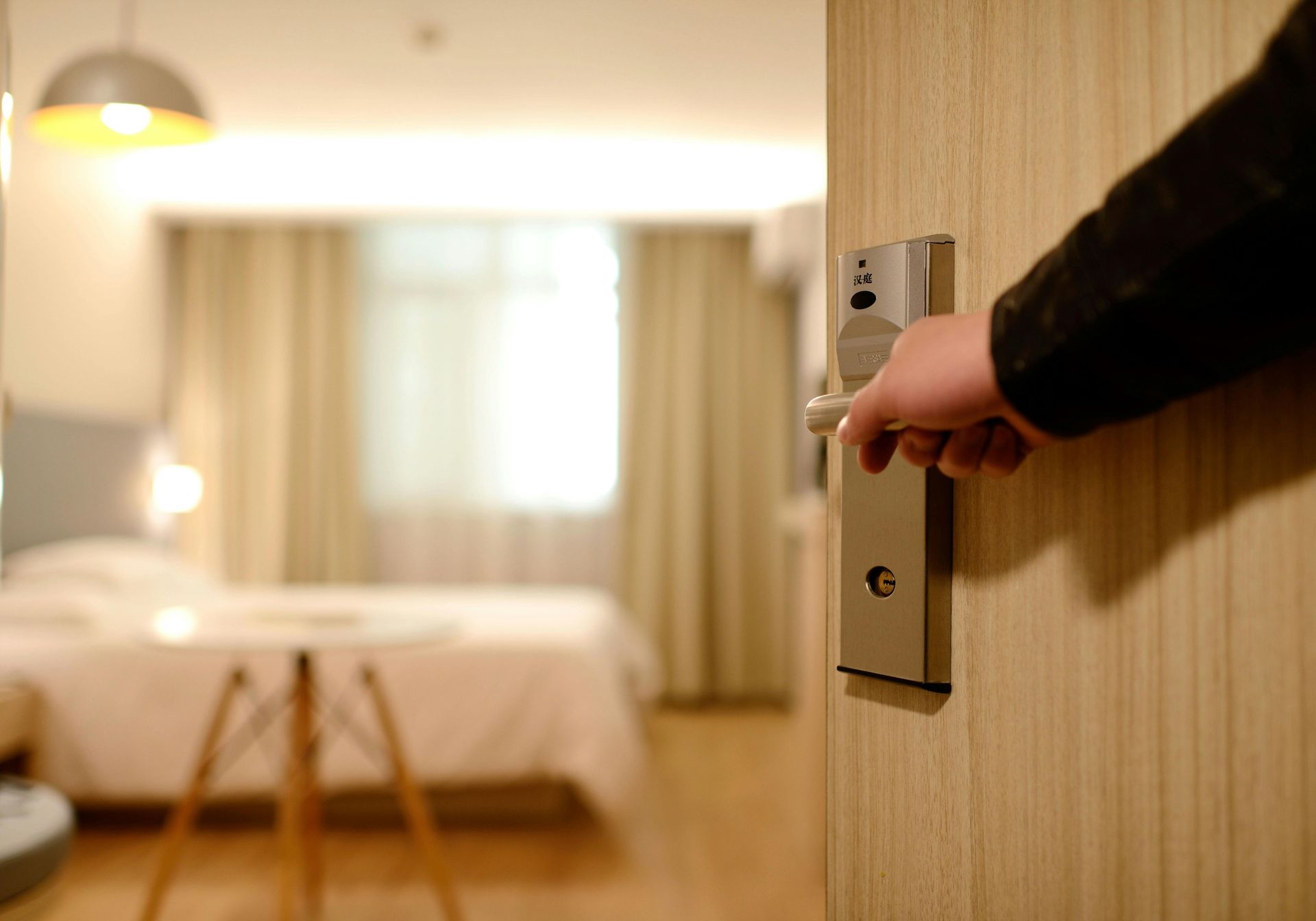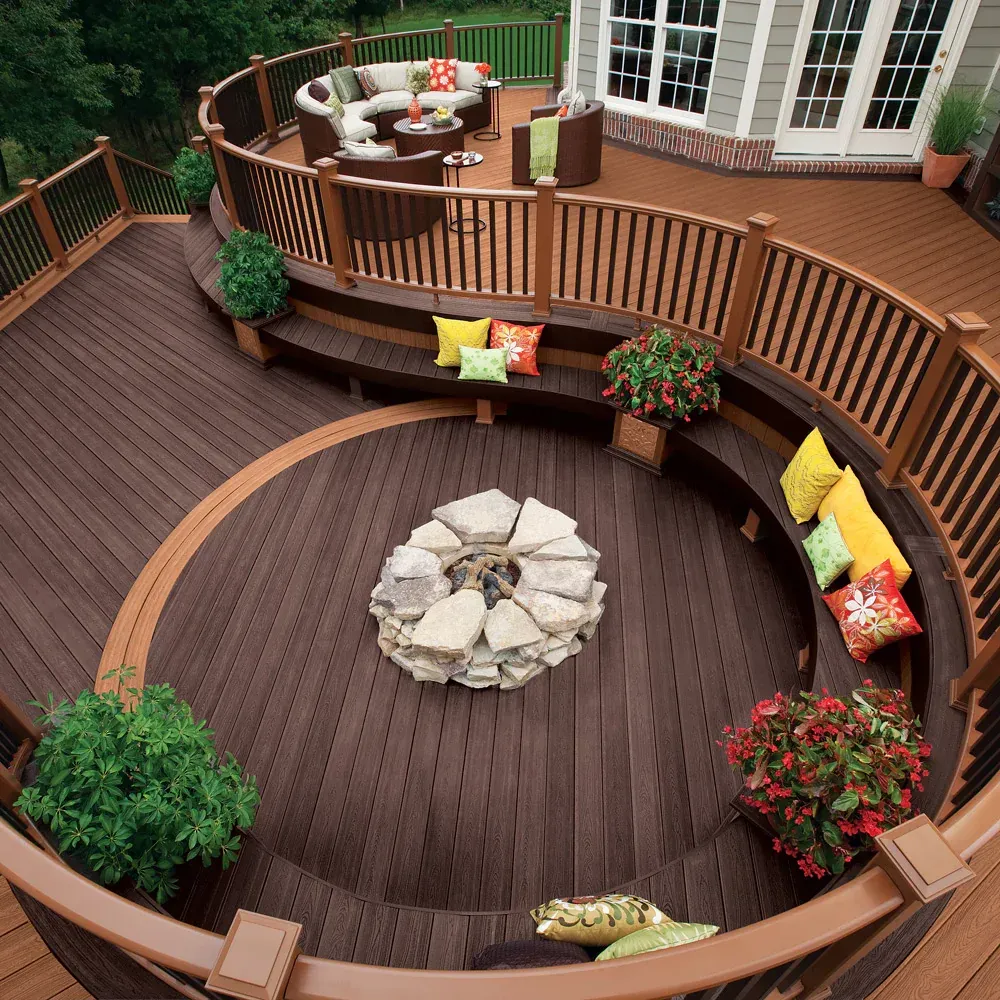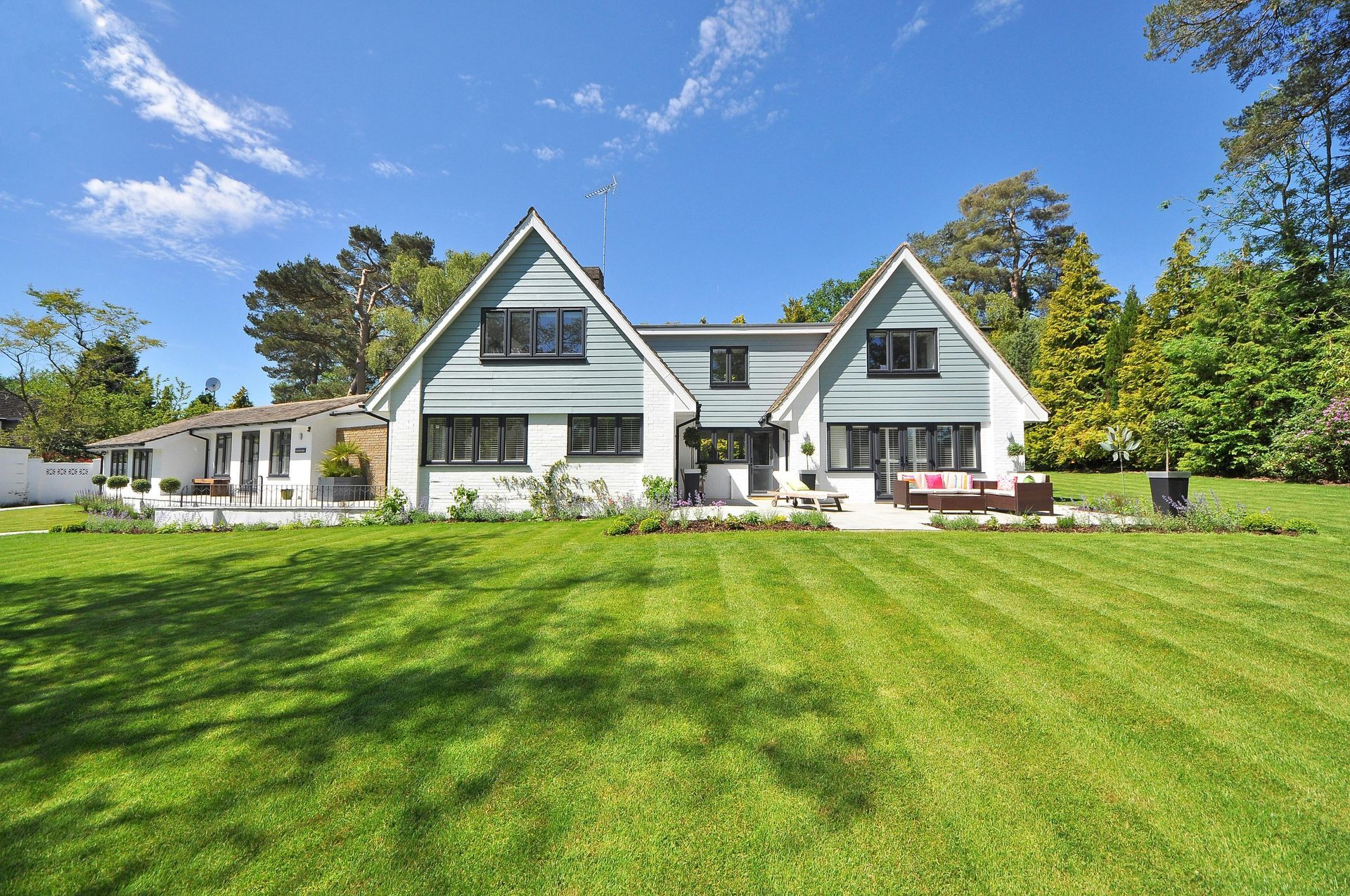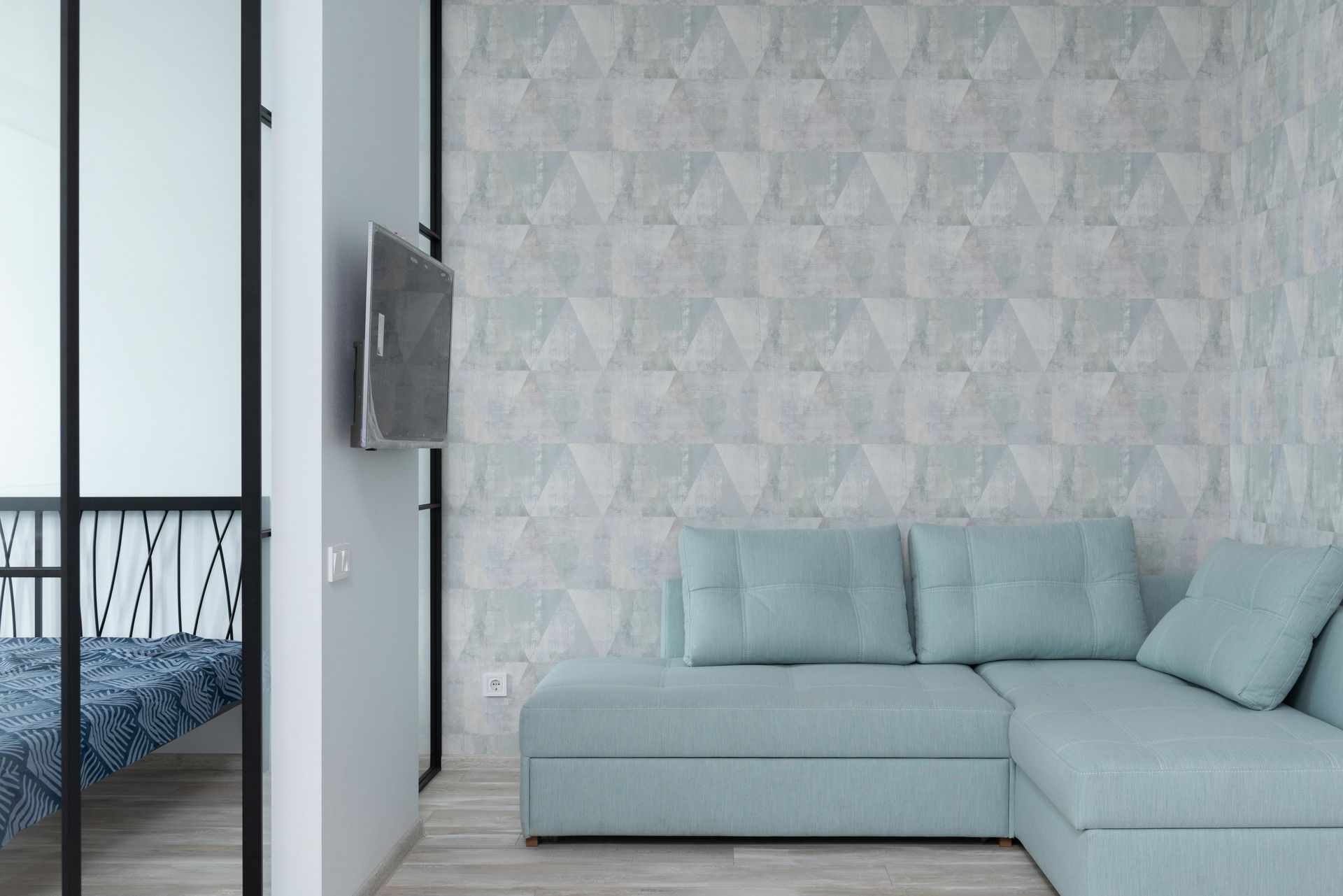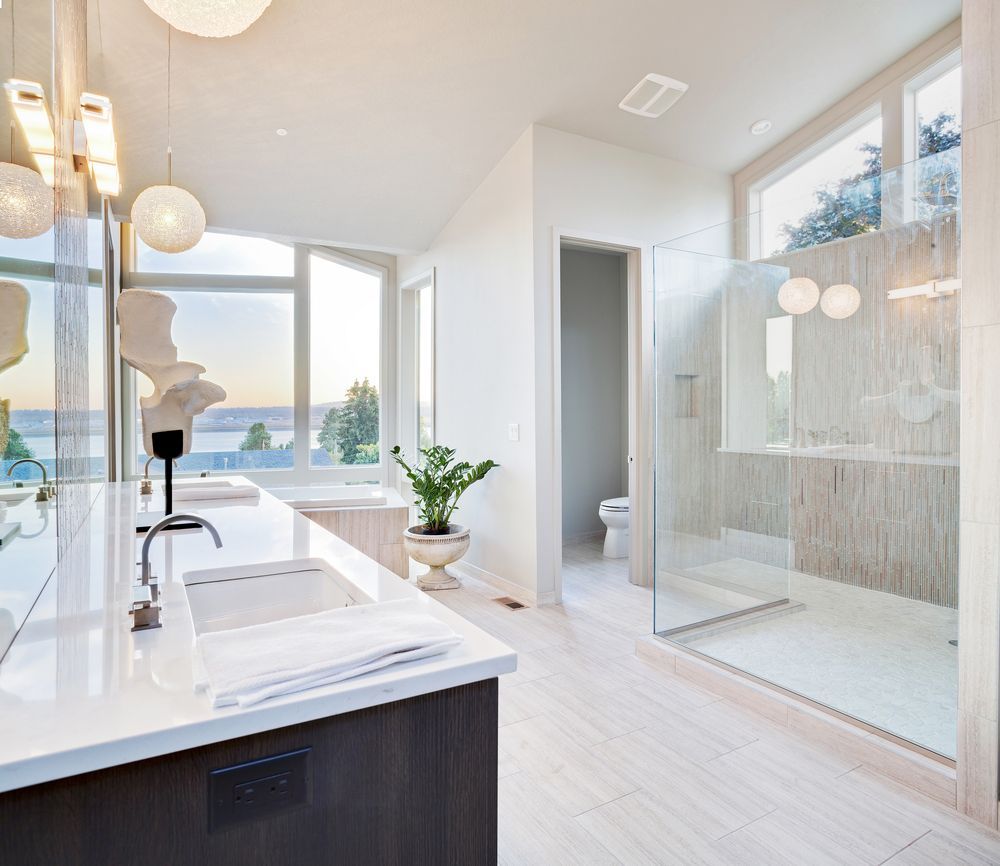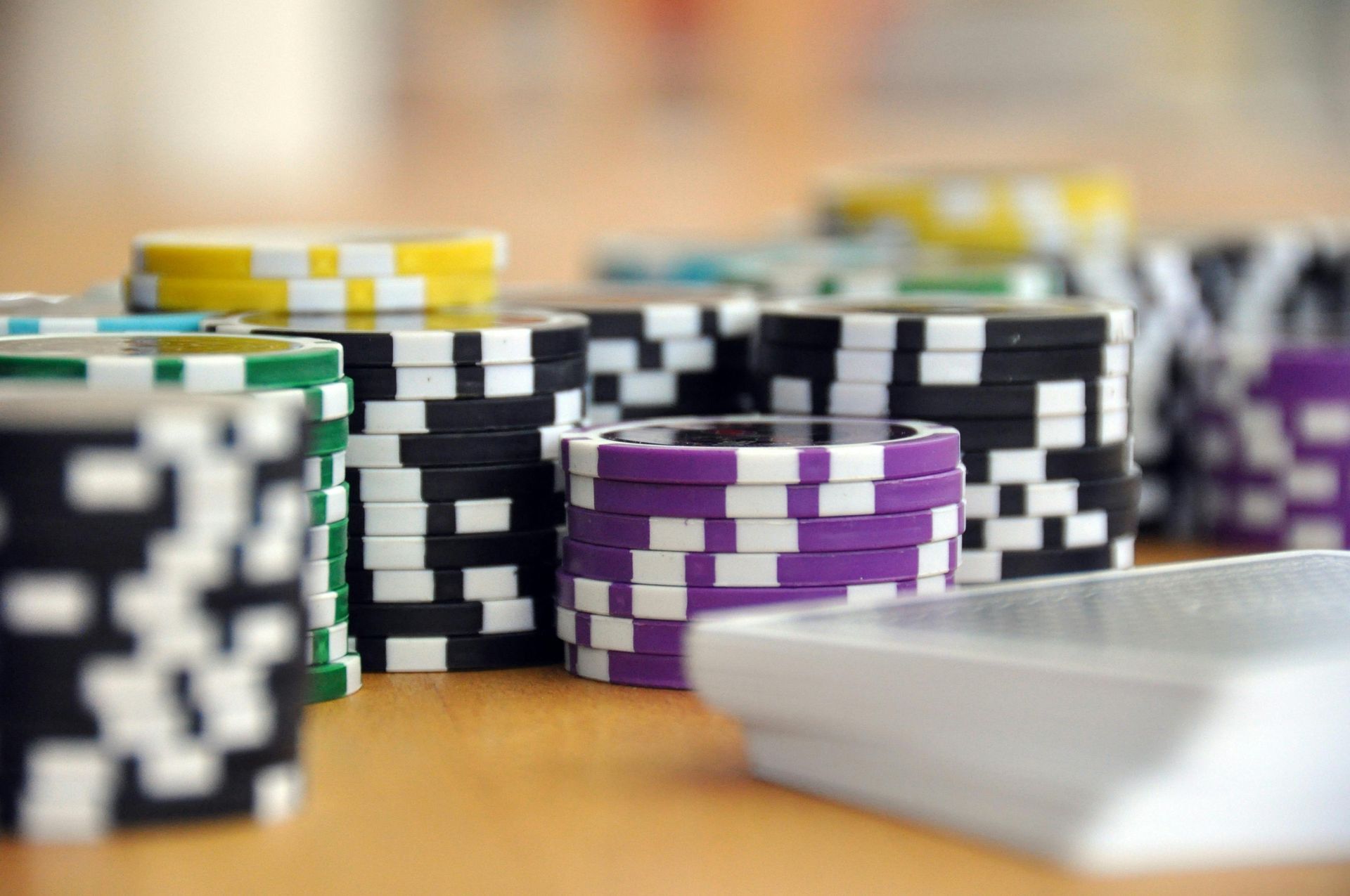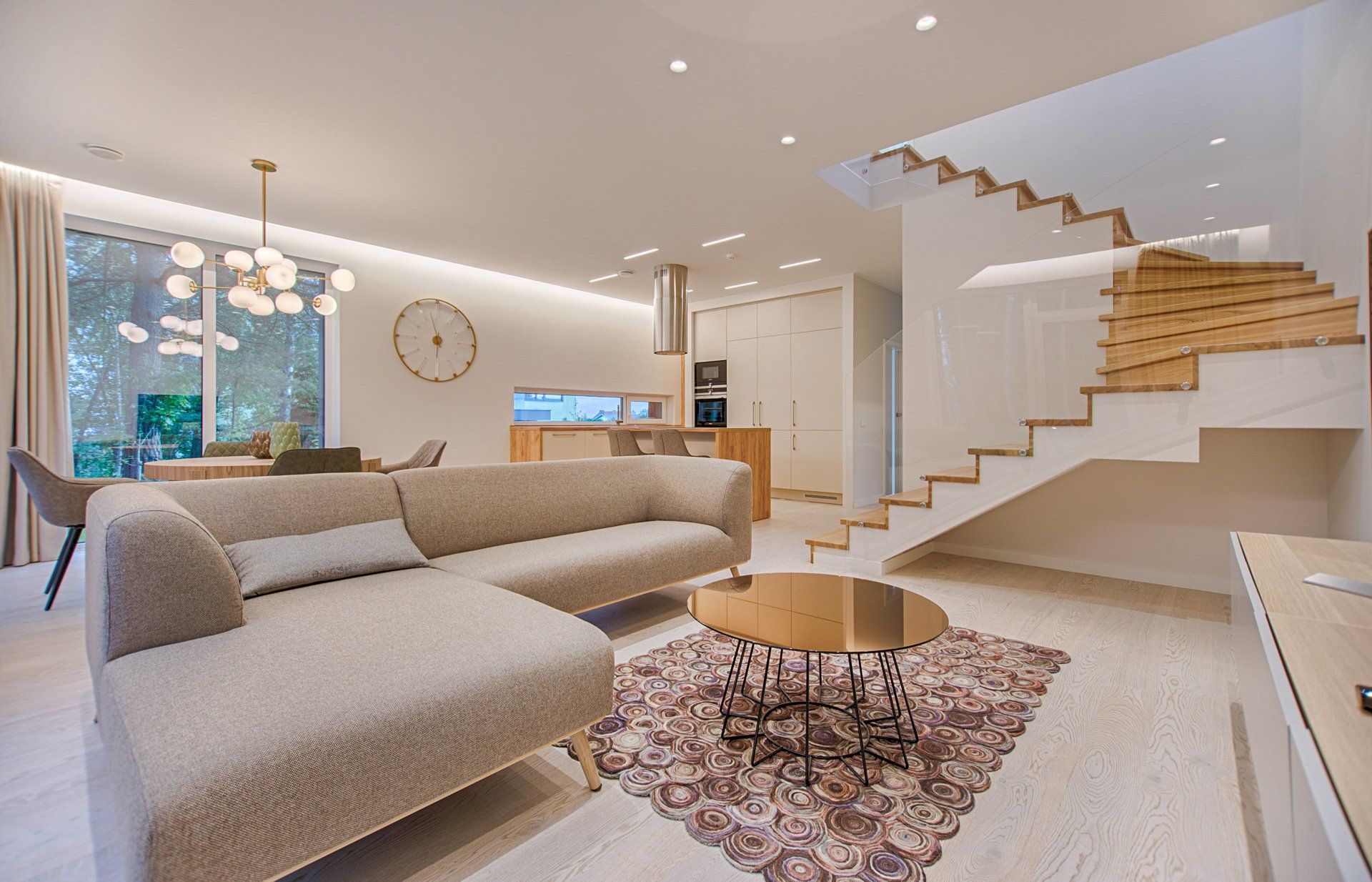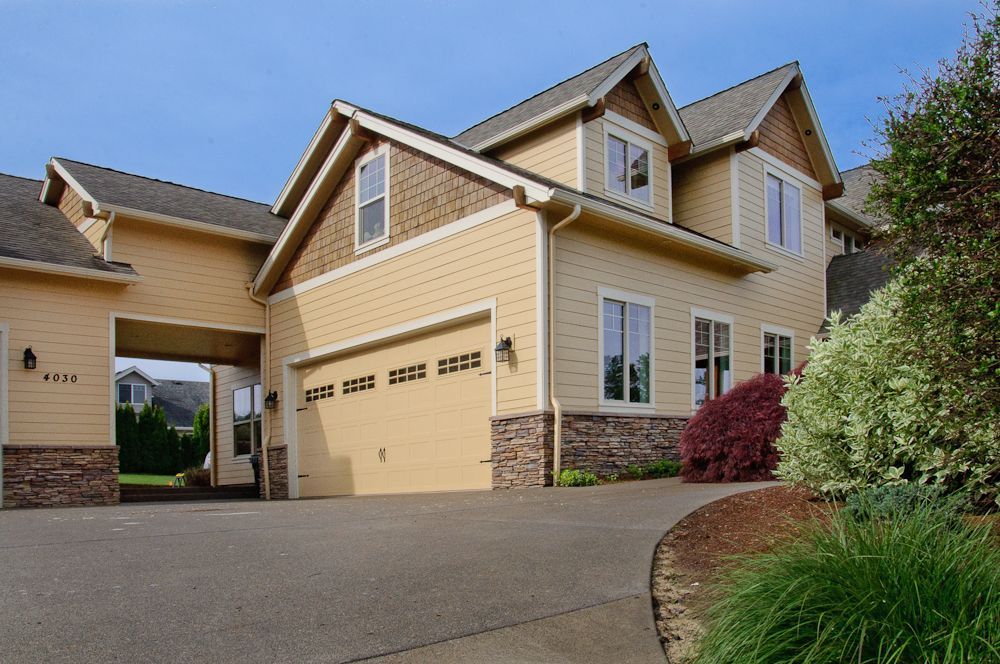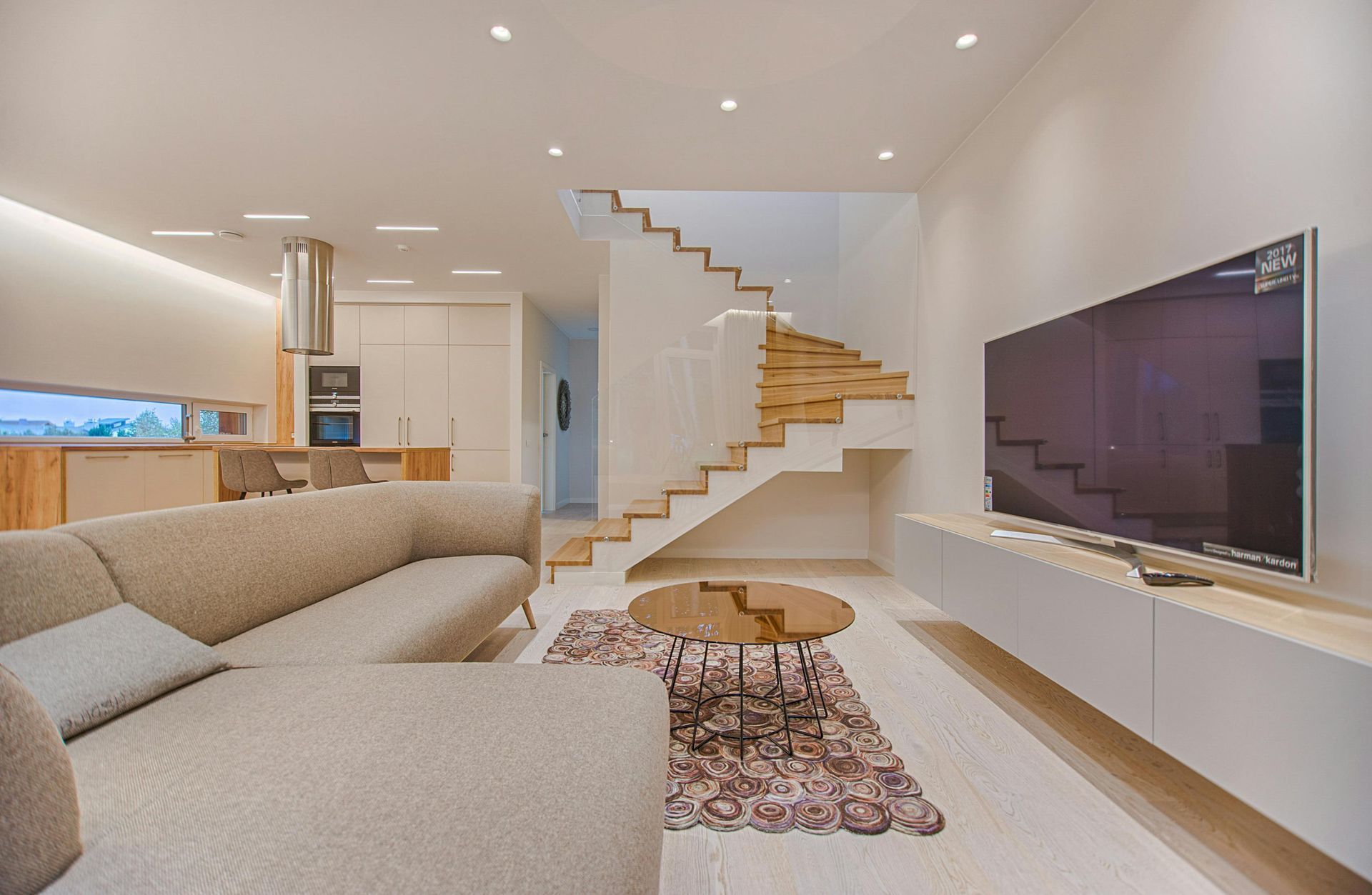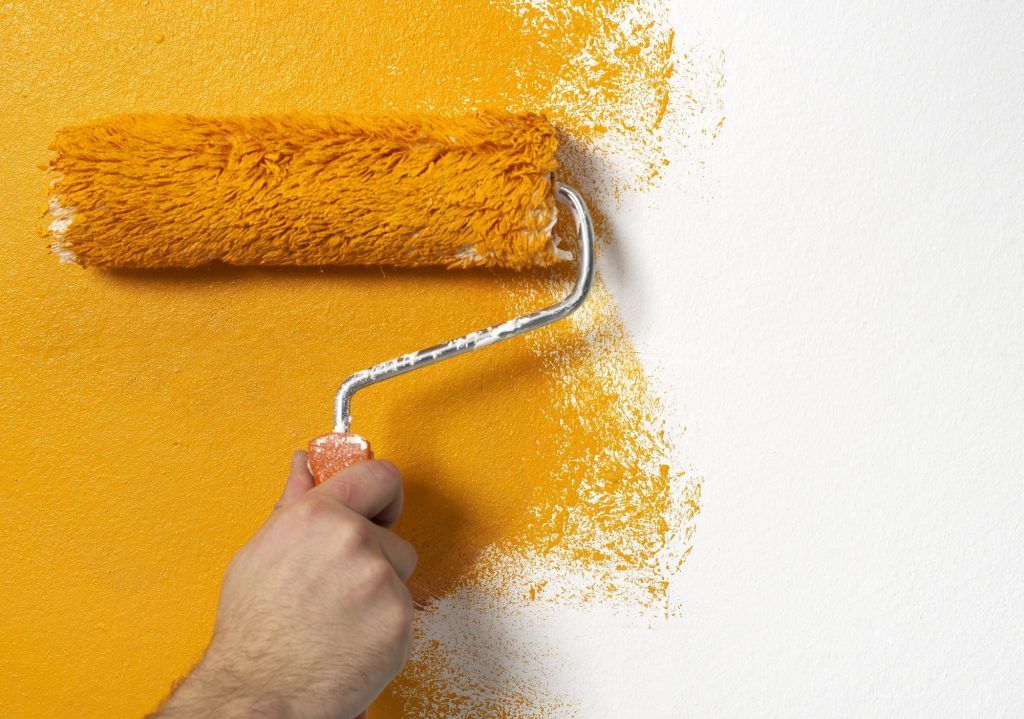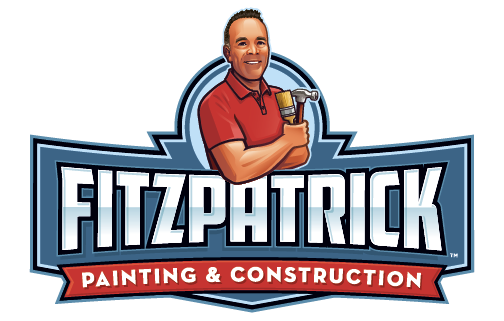Can Interior Paint Be Used Outside?
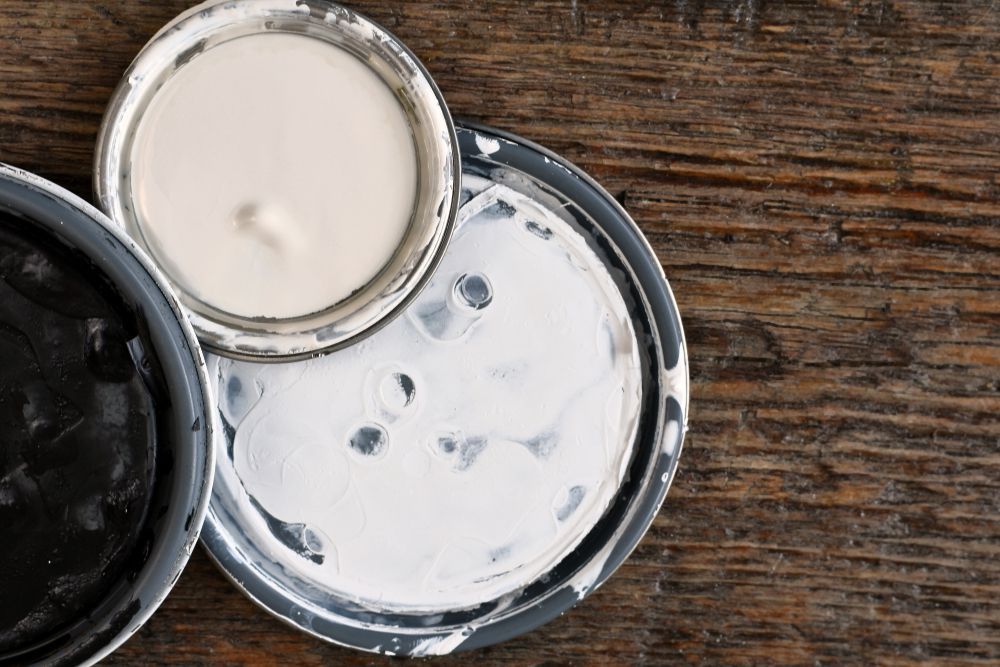 Reason #576 to hire a professional painting company
instead of trying to paint your house yourself: leftover paint. If you buy too little paint, you don’t finish the job; if you buy too much, you’re stuck storing it in the basement until the sun explodes.
Reason #576 to hire a professional painting company
instead of trying to paint your house yourself: leftover paint. If you buy too little paint, you don’t finish the job; if you buy too much, you’re stuck storing it in the basement until the sun explodes.
Whatever you do, don’t use it on the exterior of your house.
Can I Use Interior Paint Outside?
No. Stop it.
Interior paint is “ fragile ”, if you will. It can hold up under routine scrubbing, but not twenty-five years of changing weather. Exterior paint is formulated to resist fading in the sun and peeling after storms, and the good stuff really does resist those things. But different things happen indoors; interior paint is for withstanding those things.
The Difference Between Interior and Exterior Paint
It all comes down, of course, to the chemical difference between interior and exterior paint. Both kinds consist of a) pigment, b) binder, and c) solvents. The pigment is the colored part. Binder, as its name suggests, binds the paint to its surface. The solvent is the part that evaporates or otherwise changes when the paint dries. The main difference between interior and exterior paint is which binder is being used.
Until WWII, natural resins were always used as paint binder. The war caused its shortages though, and artificial resins were invented to pick up the slack.
Today, because these resins are all synthetic, they’re produced with total control over their properties. It’s not just that exterior paint is better at withstanding “weather”; certain types are better at withstanding different regional climates. Your professional painting service can break down what the best exterior paints are for your area and why.
Alternatively, Can You Use Exterior Paint Indoors?
No. It’s dangerous.
All paints contain volatile organic compounds (VOCs), also known as “paint fumes”. Indoor paints have fewer VOCs so that with a little ventilation, everyone should be able to complete an interior painting job without getting sick.
But exterior paints have more of them. If you use exterior paint indoors, you’ll be breathing much more fumage during the job, as well as after it’s done. Exterior paint actually continues emitting its VOCs for years after it’s applied to a surface.
Final Thoughts
Can you use interior paint outdoors? No .
Can you use exterior paint indoors? No .
If you do the former, it will fade and chip quickly, necessitating a real paint job sooner than later. If you do the latter, it will make your home’s air much less fit to breathe. Hence the interminable storing of leftover paint after a DIY paint job.
These questions are just some of the reasons why it’s such a relief to hire a team of professional painters to give your house its facelift. And at Fitzpatrick , we do whole remodeling and repair jobs in addition to painting. That means any problems with your home’s drywall or siding will be both spotted and fixed by us, making the job goes as quickly and smoothly as possible!

